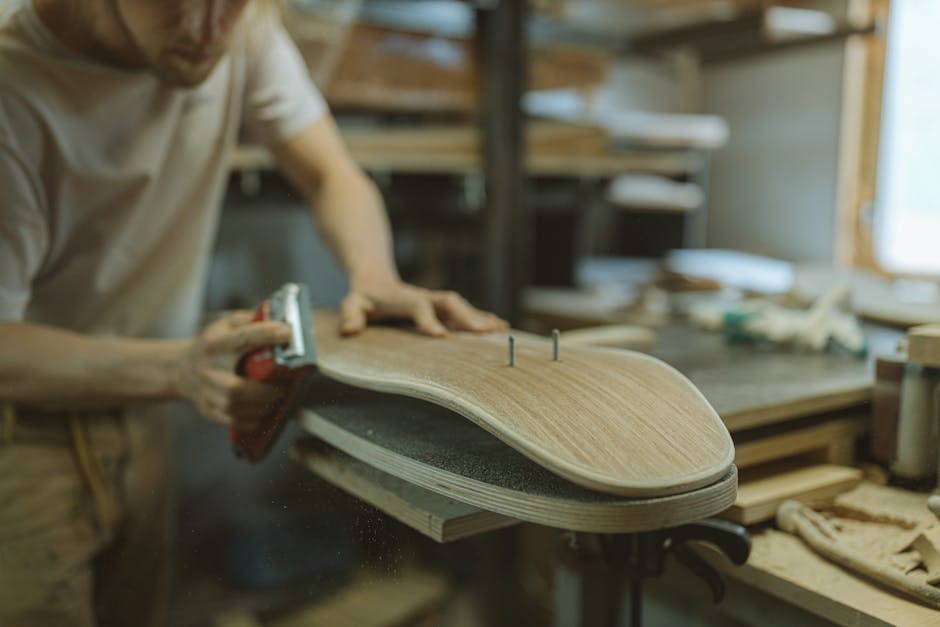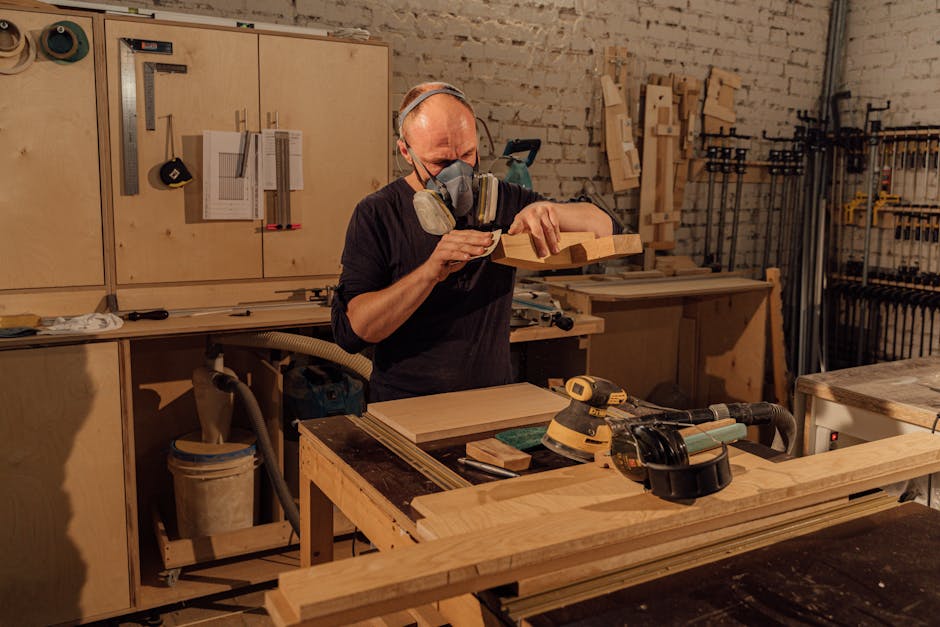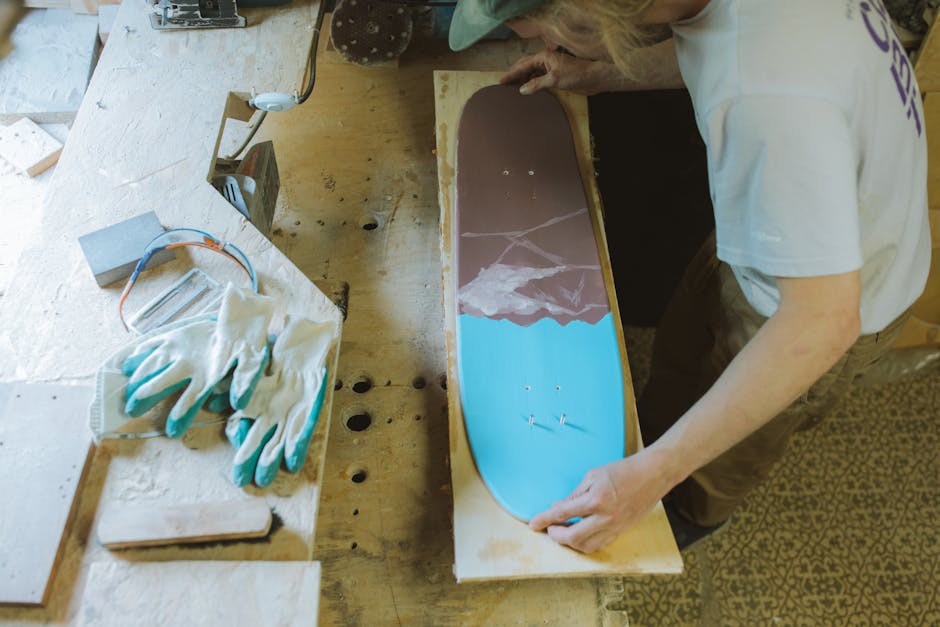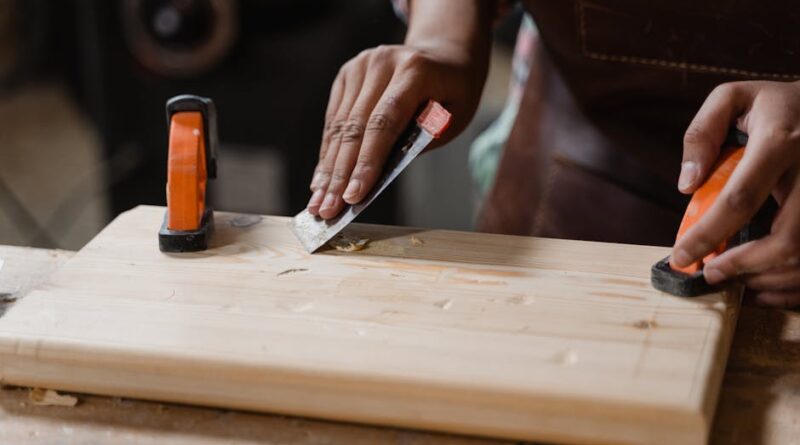Must-Have Sanding Tools for Woodwork
Are you ready to take your woodworking projects to the next level? The right sanding tools can make a huge difference. They help you achieve smooth, professional-looking finishes. But with so many options, what do you really need? Let’s break it down.
Why Is Sanding Important in Woodworking?

Sanding is more than just making wood look good. It prepares the surface for finishing, making paints and stains adhere better. A well-sanded piece of wood feels great to touch and looks amazing in your home. Did you know that a smooth surface can reduce splinters? That’s why sanding is a crucial step in any woodworking project.
What Are the Essential Sanding Tools?

Lets dive into the must-have sanding tools for any woodworker. From handheld options to power tools, each has it’s place. Heres what you need:
- Sandpaper: The most basic and essential tool. It comes in different grits, which measure how rough or smooth the paper is. Use coarser grits for heavy sanding and finer grits for a smooth finish.
- Hand Sander: Ideal for small jobs. A hand sander is easy to control and gives you more precision. Think of it as a glue stick for sandingsimple and effective.
- Orbital Sander: This tool spins the sandpaper in circles, making it perfect for larger surfaces. It minimizes swirl marks and is great for quick jobs.
- Belt Sander: A powerhouse for heavy-duty work. This tool sands large areas quickly, but it requires a steady hand to avoid gouging the wood.
- Detail Sander: Perfect for tight spaces and intricate designs. It reaches corners and edges that larger sanders can’t.
Each tool serves a different purpose. Choosing the right one depends on your project needs.
How Do I Choose the Right Sandpaper?

Selecting sandpaper can be confusing. Heres a simple guide:
- Grit Numbers: The lower the number, the coarser the paper. For example, 60-grit is rough, while 220-grit is fine.
- Material Type: Common options include aluminum oxide and garnet. Aluminum oxide lasts longer, making it great for power sanding.
- Purpose: Are you removing old finish or smoothing edges? Choose accordingly. Coarse grits work for heavy material removal, and fine grits are for finishing touches.
Remember, the right grit can save you time and effort.
What Are the Benefits of Using Power Sanding Tools?

Power sanders can save you a lot of time. They do the hard work for you, so you can focus on the fun parts of woodworking. Here are some advantages:
- Speed: Power sanders complete tasks faster than manual sanding.
- Consistency: They provide an even finish, reducing the risk of gouges.
- Less Fatigue: No more sore hands! Power tools take the strain off.
But don’t forget, they require some practice. Start slow to avoid mistakes.
Should I Use an Orbital or Belt Sander?
This is a common question among woodworkers. Both have their strengths:
- Orbital Sanders: Best for finishing surfaces. They are easy to control and reduce swirl marks.
- Belt Sanders: Great for heavy material removal. They work quickly on rough surfaces but can be tricky to handle.
If you’re starting, consider getting an orbital sander first. it’s versatile and user-friendly.
What Are Some Common Misconceptions About Sanding?
Many woodworkers have misunderstandings about sanding. Here are a few myths debunked:
- Myth 1: You only need to sand once. Reality: Multiple passes with different grits can lead to a smoother finish.
- Myth 2: Power tools are always better. Reality: Hand sanding offers control for intricate designs.
- Myth 3: Sanding is unnecessary before painting. Reality: It creates a better bond for your finishes.
Understanding these can help improve your woodworking skills.
How Can I Protect Myself While Sanding?
Sanding can create a lot of dust. Heres how to stay safe:
- Wear a Mask: A good dust mask keeps harmful particles out of your lungs.
- Use Eye Protection: Safety glasses prevent dust from irritating your eyes.
- Ensure Good Ventilation: Work in a well-ventilated area to avoid inhaling too much dust.
Safety should always come first. Protecting yourself makes the woodworking experience more enjoyable.
Where Can I Learn More About Woodworking Techniques?
For those looking to deepen their skills, there are plenty of resources. Websites like Wood Magazine offer tips, guides, and project ideas. YouTube also has countless tutorials that can visually guide you through various sanding techniques.
If you’re interested in a specific project or technique, consider joining online woodworking forums. Communities can provide support and inspiration.
What Are Some Expert Tips for Sanding Wood?
Here are some quick tips from seasoned woodworkers:
- Start with Coarse Grit: Begin with a rougher grit to shape your wood.
- Always Sand with the Grain: This prevents scratches and gives a nicer finish.
- Clean Between Grits: Dust can scratch your wood when you move to a finer grit.
- Finishing Sand: Use the finest grit you have for the final pass.
These simple tips can help elevate your woodworking projects.
What Should I Do After Sanding?
Once you’ve finished sanding, it’s time to prepare for finishing. Heres what to do:
- Clean the Surface: Wipe down the wood with a damp cloth to remove dust.
- Inspect for Imperfections: Check for any rough spots and sand them down if necessary.
- Choose Your Finish: Decide whether you want to stain, paint, or seal the wood.
Taking these steps will ensure your project looks it’s best.
How Can I Practice My Sanding Skills?
Practice makes perfect! Here are some fun ways to hone your sanding skills:
- Start Small: Work on scrap wood to test your technique.
- Try Different Tools: Experiment with various sanders to see how each works.
- Join a Workshop: Local woodworking clubs often offer hands-on classes.
The more you practice, the more confident youll become.
Final Thoughts on Sanding Tools for Woodwork
Having the right sanding tools is essential for any woodworker. Sanding opens up a world of possibilities in your projects. From ensuring smooth finishes to preparing wood for paint, these tools are invaluable.
Start with the basics: good sandpaper, a hand sander, and an orbital sander. As you grow in your skills, explore more advanced tools like belt and detail sanders. Remember to practice safe sanding techniques and keep learning.
Ready to dive into your next woodworking project? Gather your sanding tools and get started!



